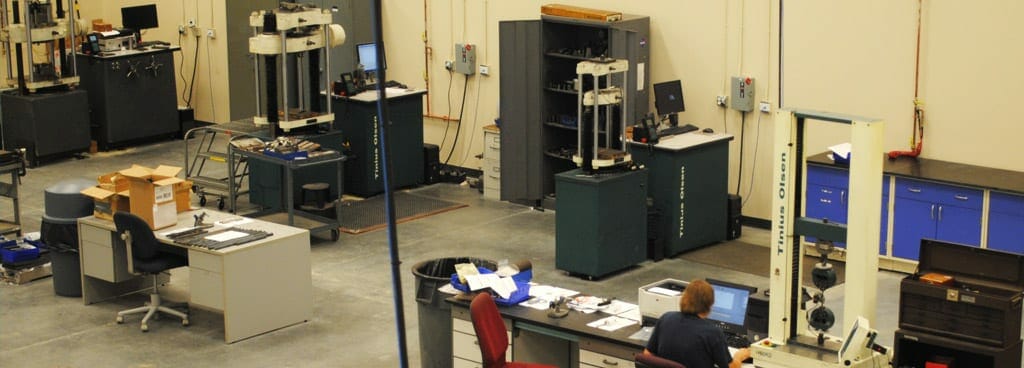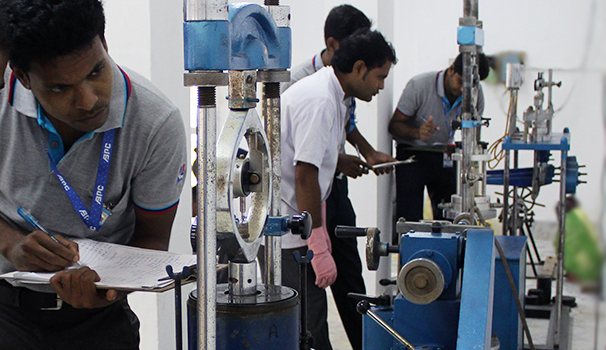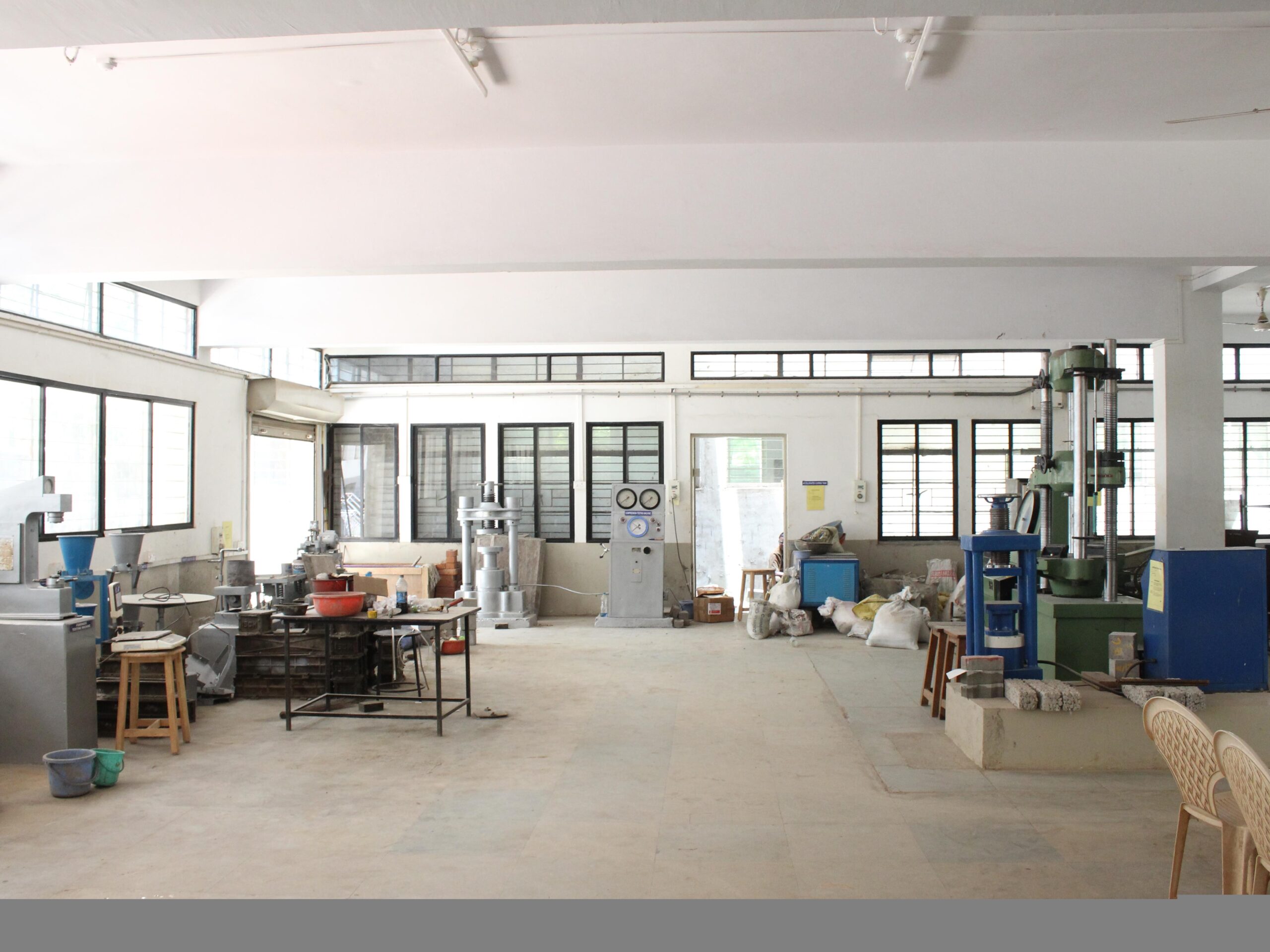Quality Control Unleashed: Material Testing Lab for Job Integrity
Quality Control Unleashed: Material Testing Lab for Job Integrity
Blog Article
Innovations in Material Screening for Unprecedented Performance
In today's quickly developing globe, where technical advancements are improving sectors and pressing the limits of what was once regarded difficult, the need for materials that can stand up to unprecedented problems and supply outstanding efficiency has actually ended up being significantly vital. As scientists and designers aim to develop next-generation products, the ability to accurately test and evaluate their homes has never ever been even more crucial. This brings us to the interesting world of innovations in product screening, where sophisticated methods and cutting-edge methods are transforming the way we enhance and recognize product performance. From non-destructive screening strategies to the combination of synthetic intelligence, the possibilities appear unlimited. Allow us begin on this journey of exploration, as we discover the exceptional developments in material screening and their prospective to shape the future of numerous industries.
Non-Destructive Examining Techniques
Non-destructive screening methods are necessary for evaluating the integrity and dependability of materials without causing any kind of damages. These techniques play an essential duty in various markets, including aerospace, auto, building and construction, and manufacturing. By utilizing non-destructive screening techniques, engineers can examine the residential properties and features of products, ensuring that they meet the required standards and specifications.

An additional extensively used method is magnetic bit testing (MT), which is mainly used for identifying surface area and near-surface problems in ferromagnetic products. By using an electromagnetic field to the material and afterwards introducing magnetic particles, any defects present can be easily determined. MT is specifically efficient for finding splits, absence of combination, and various other surface area irregularities.
Advanced Products Characterization Methods
Advanced products characterization techniques are essential tools for reviewing the residential or commercial properties and efficiency of products in different industries. These approaches include making use of innovative methods to recognize the microstructure and assess, composition, and habits of products at the atomic and molecular levels. By using innovative characterization designers, researchers and techniques can obtain useful insights into the architectural honesty, mechanical buildings, thermal security, and chemical sensitivity of materials.
One commonly made use of approach is scanning electron microscopy (SEM), which gives high-resolution photos of a material's surface. SEM permits for the examination of the product's morphology, topography, and elemental make-up. Another vital method is X-ray diffraction (XRD), which gives details about the crystal structure and stage composition of products. XRD is particularly valuable for analyzing the setup of atoms in crystalline products.
Additionally, transmission electron microscopy (TEM) enables scientists to observe the internal framework of products with atomic resolution. TEM is qualified of disclosing information such as grain defects, misplacements, and boundaries, offering critical information about a product's mechanical residential or commercial properties - material testing lab. Furthermore, spectroscopic strategies like Fourier-transform infrared spectroscopy (FTIR) and Raman spectroscopy can be made use of to examine the chemical composition, molecular structure, and vibrational modes of materials
High-Temperature and Extreme Setting Screening
In order to assess the efficiency of products in high-temperature and extreme settings, strenuous testing approaches are required. These testing techniques are designed to replicate the problems that materials might run into in real-life applications, such as aerospace, vehicle, and energy industries. Extreme and high-temperature environment testing aims to examine the behavior of products under extreme warm, pressure, and various other tough conditions.
One typically made use of technique for high-temperature screening is thermal evaluation. This method includes subjecting the material to differing temperature levels while determining its thermal buildings, such as thermal development, warmth capability, and thermal conductivity. By assessing these homes, researchers can establish just how the material will certainly behave under various temperature problems, enabling them to select the most suitable products for particular applications.
One more essential element of extreme and high-temperature environment screening is mechanical testing. This entails subjecting the material to mechanical anxiety at raised temperature levels, replicating the conditions it might experience in real-world applications. Mechanical screening helps evaluate the material's ductility, strength, and resistance to deformation and failing under high-temperature and extreme problems.
Moreover, environmental testing is vital to examine the product's efficiency in harsh conditions, such as destructive settings or direct exposure to extreme climate condition. This testing entails subjecting the product to various ecological variables, such as humidity, salt spray, and UV radiation, to evaluate its longevity and resistance to rust and deterioration.

Simulation and Modeling for Material Efficiency
Simulation and modeling play an important role in understanding and forecasting the efficiency of products in different applications. With innovations in computational capabilities, scientists and designers can now design the actions and simulate of materials under different conditions, giving useful insights right into their performance and aiding in the development of new materials with enhanced residential properties.
Through simulation and modeling, researchers can examine the microscopic and macroscopic habits of products, including their mechanical, thermal, and electric residential or commercial properties. This allows them to predict just how materials will certainly behave under various loads, temperatures, and environmental problems, without the requirement for lengthy and pricey experimental testing.
Simulation and modeling techniques also enable scientists to optimize product styles and identify potential weak points or failure factors. By studying the material's feedback to different forces and stimulations, engineers can make informed decisions concerning material selection and design alterations to boost efficiency and longevity.
In addition, simulation and modeling can aid in the advancement of materials for details applications. As go to these guys an example, in the aerospace sector, researchers can replicate the habits of products under extreme temperatures and stress to create lightweight yet solid materials for aircraft frameworks (material testing lab). In the medical area, simulation methods can be used to research the communications between materials and organic tissues, causing the growth of biocompatible materials for implants or medication shipment systems
Combination of Expert System in Material Testing
The consolidation of Artificial Knowledge (AI) into material screening has actually reinvented the field, making it possible for scientists to attain extraordinary precision and efficiency in assessing product performance. AI formulas can refine and examine big quantities of data, determining patterns and correlations that may not be quickly noticeable to human scientists. This permits even more specific and extensive testing, bring about a much deeper understanding of material behavior.
One application of AI in product screening remains in the growth of anticipating versions. By educating AI formulas on vast datasets of material buildings and performance, scientists can produce designs that can precisely forecast the actions of brand-new materials under numerous conditions. This can greatly accelerate the material development process, as it allows scientists to screen and prioritize materials with wanted residential or commercial properties.
In enhancement to predictive modeling, AI can additionally be made use of to enhance testing treatments. By assessing historical screening information, AI formulas can determine one of the most efficient look at these guys and helpful tests to perform, decreasing the time and resources required for product examination.
Additionally, AI can assist in the identification of abnormalities or defects in materials. By comparing test outcomes against anticipated end results, AI algorithms can discover discrepancies and alert scientists to prospective concerns. This can assist improve quality assurance procedures and make certain making use of products that meet the required specs.
Verdict

By assessing these properties, scientists can figure out just how the product will certainly act under various temperature level conditions, enabling them to select the most suitable materials for details applications.
The consolidation of Artificial Knowledge (AI) into product testing has actually transformed the field, allowing researchers to accomplish unprecedented accuracy and effectiveness in examining material efficiency.In verdict, improvements in product testing methods, characterization approaches, high-temperature and extreme environment testing, and the integration of artificial knowledge have significantly added to the growth of unprecedented performance in materials. These improvements have enabled for the identification of product buildings and habits, allowing the design and optimization of products for different applications. material testing lab. With additional research study and technical improvements, material testing will proceed to play a vital duty in pressing the boundaries of product efficiency
Report this page